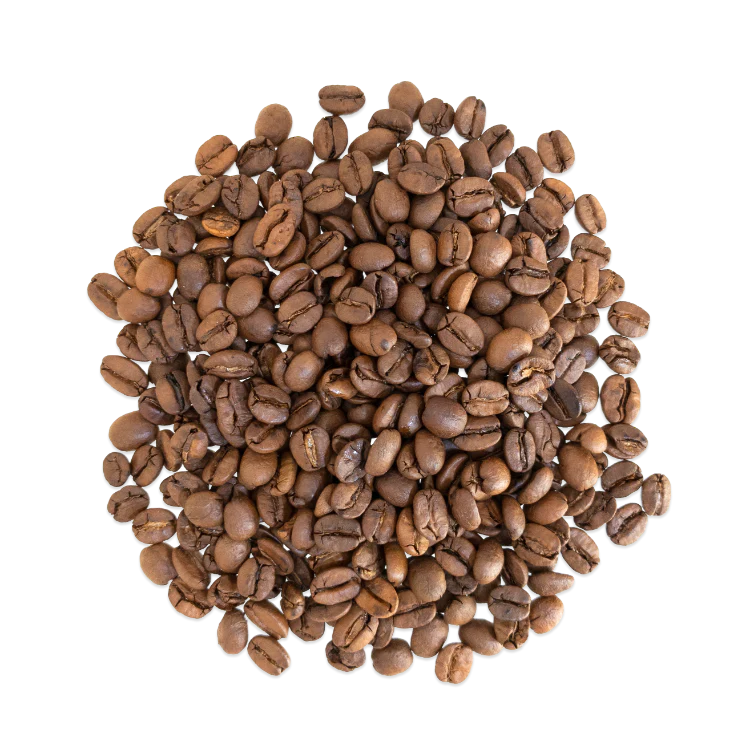
My Trip To Panama
Back in November I took a trip to Panama to visit a couple of farms and learn more about coffee. I went with my friend, Willem Boot, who owns a couple of farms near the city of Boquete and knows a ton about coffee.
The trip was for 7 days and very intense. We not only learned about the farming and processing of the coffee, but we were actually put to work! There is so much I want to share with you, but I think one of the most exciting things we did was picking coffee cherries.
We spent half of a day on Hartmann Farm. It was a great way to fully appreciate what goes into a cup of coffee. Below is a small part of my visit. Let me take you on a journey of what it feels like to be a coffee farmer.

This was where we stayed. A beautiful two-story house smack dab in the middle of the rain forest! There wasn't any electricity, only running water. It was amazing to experience total darkness. When it's time to sleep, all you do is close your eyes and listen to the jungle.

That's my room. Yup, that's all I had. A bed, and a couple of candles. It was awesome. I would go to bed with a candle lit to keep away the monsters.

We started the day off with a healthy breakfast. Everything was fresh from the farm. The key was to eat well because it was going to be an intense and physical day, not to mention extremely hot. At noon, temperatures can get up to 90 degrees with high humidity.

We have no idea what's about to happen. Those things around our waists are mini laundry baskets. The Panamanians called them "lattas." We'll be using those to store the coffee cherries that we pick.

Walking through the farm to get to our destination point. The smaller trees to the left and right are the coffee trees. Some can get as high as seven feet. Those really tall trees are banana trees and are planted there for two purposes: to provide shade for the coffee trees, and to preserve the wildlife. The coffee industry refers to this as "bird friendly" or "shade grown coffee."

Here's a "pro-tip." When walking through the fields, switch your "latta" to your backside. It makes it easier to walk, and you don't get tangled up among the trees. That's some really good form.

Our guide is showing us how to properly pick coffee cherries. You need to stick your basket underneath the leaves, get nice and close, and then start picking the ripe, red cherries.

A shot of some of the Indigenous people working on the farm. It is part of their culture to bring the entire family along with them when farming. I'm pretty sure a 10 year old boy was laughing at my coffee cherry picking technique.

That's roughly 1 hour's worth of coffee cherry picking. There's probably twenty pounds in my basket.

A final shot of our pickings. We have roughly 40 pounds of coffee cherries in our bags. Those cherries are then washed, processed, and dried on the farm. After about a month, the raw beans are sent to a coffee roaster. All in all, 40 pounds of cherries will yield about 5 pounds of roasted coffee.
Panama was further proof that you're drinking more than just coffee. I'm so thankful for all the relationships I built, coffee knowledge I gained, and best of all, worked for my cup of coffee.
Cheers,
Hrag

Photo credit: Bigstock









